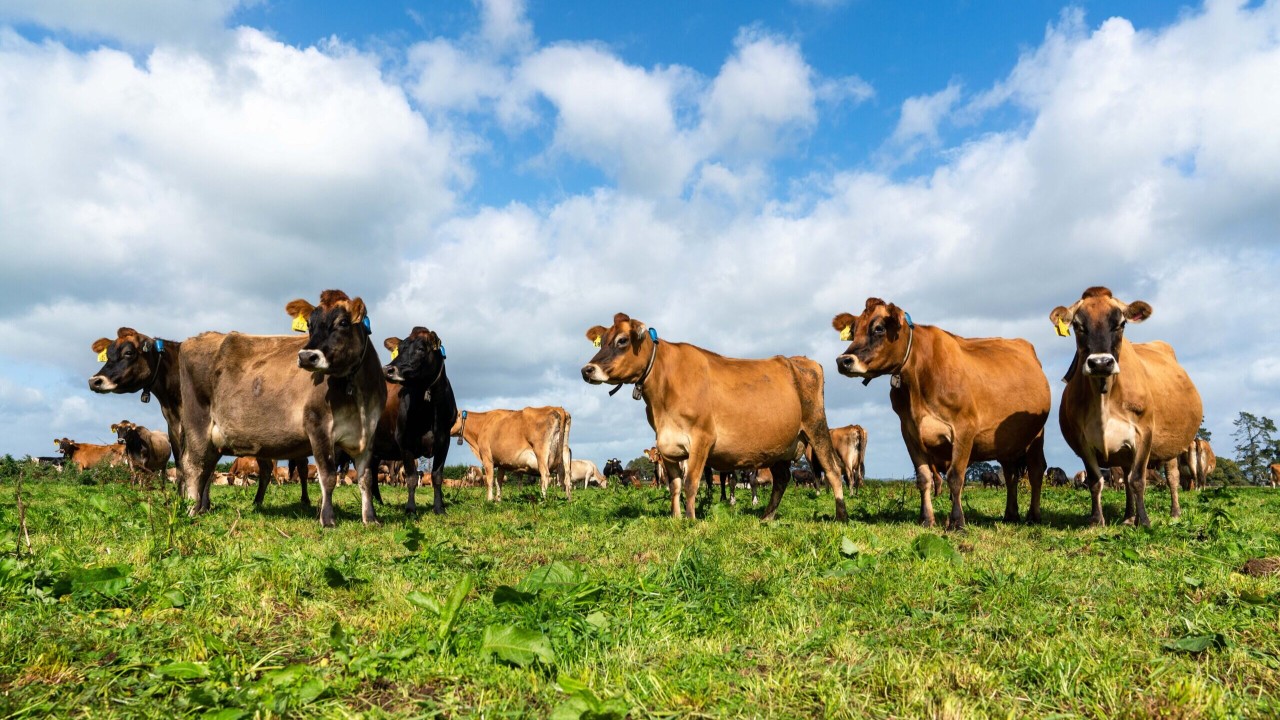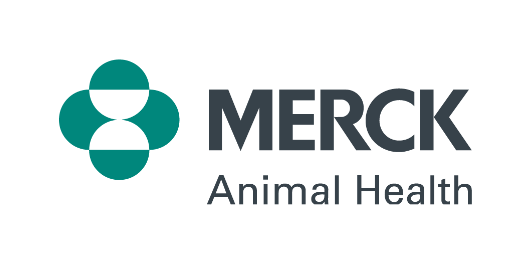
The Advantages of Behavior Monitoring Technology in Dairy Cow Performance and Well-Being
Advancements in dairy technology are transforming how farmers manage their herds, providing valuable insights into cow behavior, health, and productivity. Behavior monitoring tools, such as wearable devices and sensors, have emerged as essential for both confined production systems and outdoor grazing setups. These technologies offer a 24/7 window into cows’ lives, improving performance and well-being while addressing the unique challenges of each farming system.
A New Era of 24/7 Monitoring
One of the greatest advantages of behavior monitoring technology is its ability to provide continuous, real-time data. Unlike human observation, which is limited by time and resources, these systems work around the clock to detect subtle changes in cow activity, rumination, feeding patterns and rest.
Implementing continuous 24/7 monitoring systems in confined livestock production environments and grazing systems, offers significant advantages over traditional visual observation methods. behavior monitoring can play a role in providing actionable insights for better decision-making. By analyzing data such as cow movement, rumination and grazing patterns from monitoring technology, farmers can optimize management practices to refine grazing strategies, improve feed efficiency and promote overall herd performance.
Seeing Beyond the Human Eye
While farmers and farm staff are skilled observers, human limitations make it difficult to detect every nuance of cow behavior. Behavior monitoring technology overcomes these challenges by identifying changes that may be invisible to the naked eye.
For instance, sensors can detect:
- A drop-in rumination time, which often signals stress, heat, or illness long before other symptoms appear.
- Variations in activity levels, helping to identify cows in heat for timely breeding decisions.
- Subtle patterns indicating the onset of illness, which can highlight cows developing lameness, mastitis or respiratory conditions
According to research published, UK Vet Livestock noted that 82% of animals treated for bovine respiratory disease (BRD) responded positively to initial antimicrobial treatment, with a notable decline in subsequent treatments, with 37.9% of cattle responding favorably to their third treatment.1 Additionally, cattle affected with BRD, display changes in both behaviour and feeding patterns up to four days before clinical signs appear.2 While each case varies, this highlights the need for early intervention.
Ensuring Consistency Through Objectivity
A key benefit of behavior-monitoring tools is their ability to provide consistent and objective data. In traditional systems, health assessments often rely on the subjective judgment of farm staff, which can vary widely based on experience, time constraints, or fatigue.
For confined systems, where large herd sizes can make individualized observation nearly impossible, technology ensures that no cow goes unnoticed. Automated alerts can flag cows needing attention, allowing farmers to intervene promptly.
In outdoor grazing systems, where cows are spread across fields, these tools provide consistent insights across the many hours that the herd is out of sight and not being actively monitored by staff.
Tailored Benefits for confined and grazing systems
Confined Production Systems:
- Reduced Stress: Behavior monitoring minimizes the need for invasive checks, reducing additional handling of cattle, which may cause additional stress
- Efficient Feed Management: Tools can track feeding patterns, helping farmers adjust rations for optimal intake and reduced waste.
- Improved Reproductive Outcomes: Heat detection systems increase conception rates by identifying the best times for artificial insemination.
Outdoor Grazing Systems:
- Enhanced Pasture Management: Monitoring grazing behavior ensures cows are efficiently utilizing the available forage.
- Remote Accessibility: GPS-enabled devices allow farmers to monitor cows in distant pastures without the need for physical presence.
- Tracking in Variable Conditions: Outdoor cows are more exposed to environmental stressors; monitoring helps with early detection of heat stress or nutritional deficiencies.
Investing in the Future
Behavior monitoring technology represents a significant investment, but its benefits far outweigh the costs. By offering continuous insights into cow health and wellbeing, these tools help farmers reduce disease incidence, improve productivity, and enhance overall herd welfare.
- Potter, T. (2020, November 2). Early detection and treatment for bovine respiratory disease – UK Vet Livestock. UK Vet Livestock. https://www.ukvetlivestock.com/content/clinical/early-detection-and-treatment-for-bovine-respiratory-disease
- Kamel, M. S., Josiah Levi Davidson, & Verma, M. S. (2024). Strategies for Bovine Respiratory Disease (BRD) Diagnosis and Prognosis: A Comprehensive Overview. Animals, 14(4), 627–627. https://doi.org/10.3390/ani14040627
